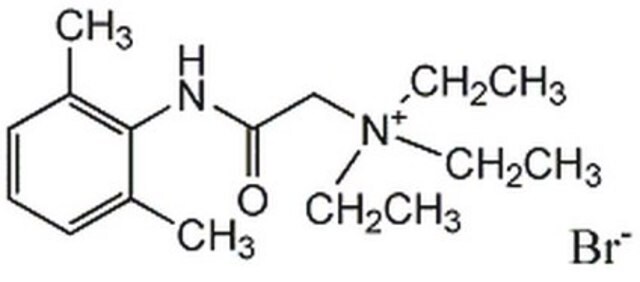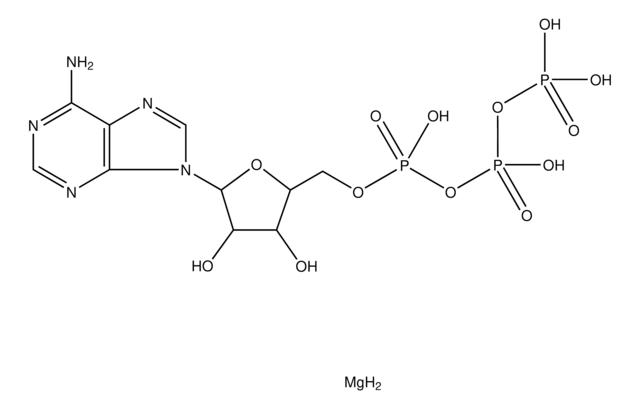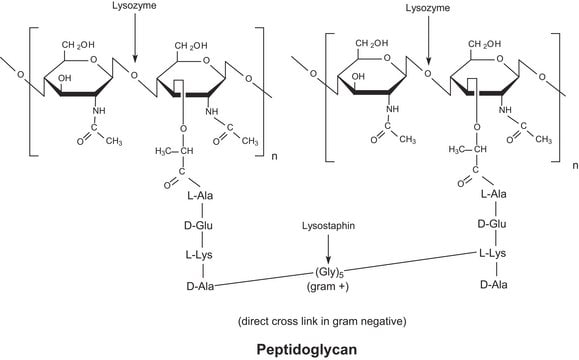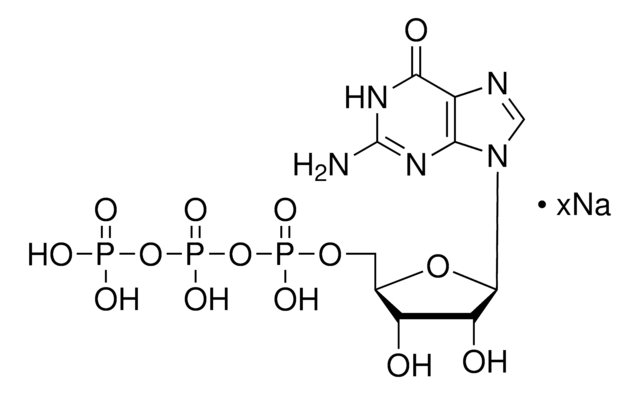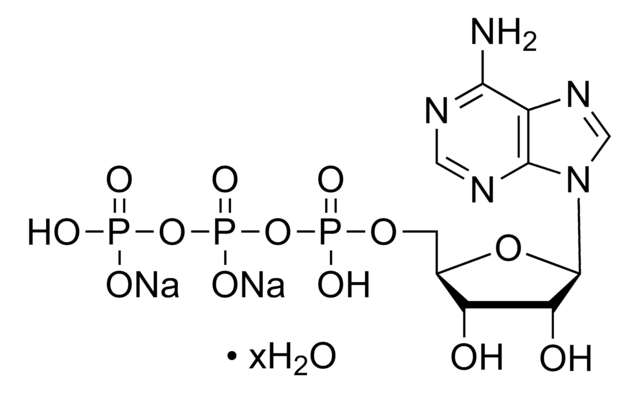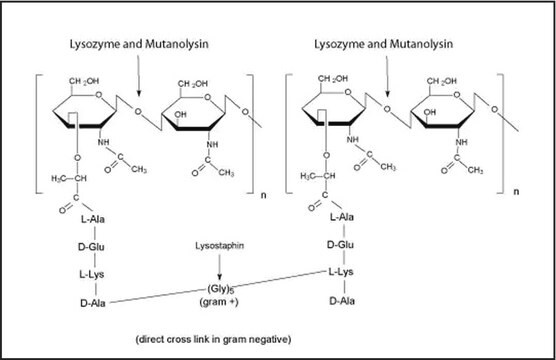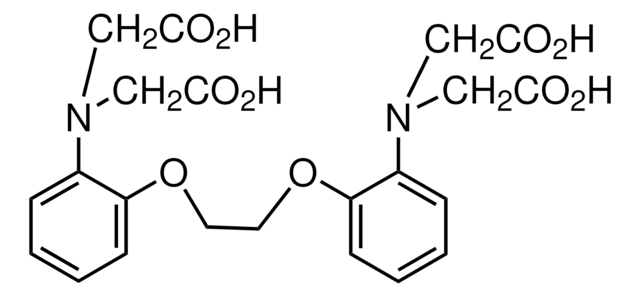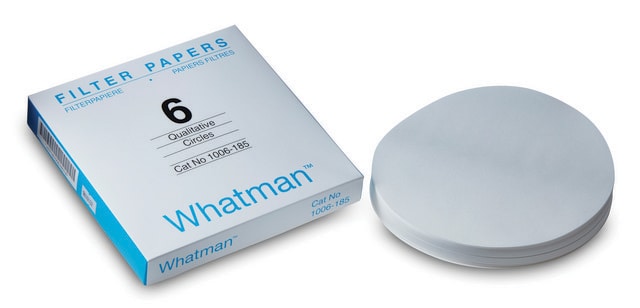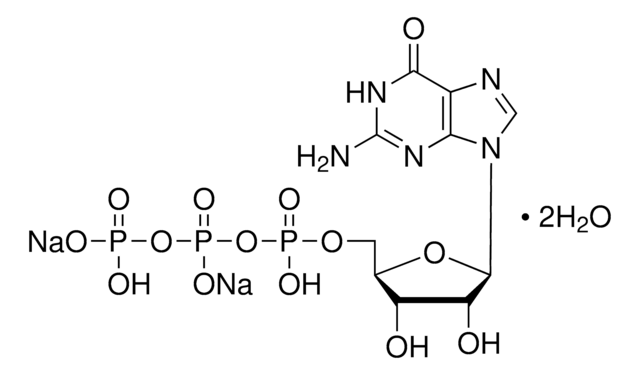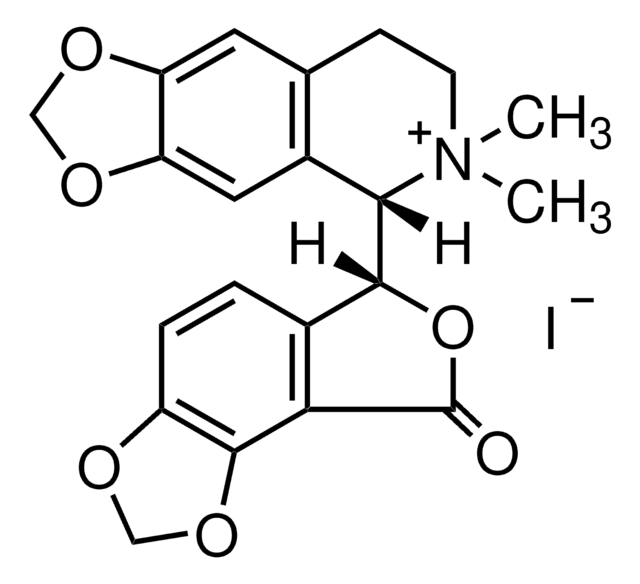Kluczowe dokumenty
L5783
Lidocaine N-ethyl bromide
analytical standard, for drug analysis
Synonim(y):
N-(2,6-Dimethylphenylcarbamoylmethyl)triethylammonium bromide, QX-314
About This Item
Polecane produkty
klasa czystości
analytical standard
Poziom jakości
metody
HPLC: suitable
gas chromatography (GC): suitable
Zastosowanie
forensics and toxicology
pharmaceutical (small molecule)
veterinary
Format
neat
ciąg SMILES
[Br-].CC[N+](CC)(CC)CC(=O)Nc1c(C)cccc1C
InChI
1S/C16H26N2O.BrH/c1-6-18(7-2,8-3)12-15(19)17-16-13(4)10-9-11-14(16)5;/h9-11H,6-8,12H2,1-5H3;1H
Klucz InChI
DLHMKHREUTXMCH-UHFFFAOYSA-N
Szukasz podobnych produktów? Odwiedź Przewodnik dotyczący porównywania produktów
Zastosowanie
Działania biochem./fizjol.
Kod klasy składowania
11 - Combustible Solids
Klasa zagrożenia wodnego (WGK)
WGK 3
Temperatura zapłonu (°F)
Not applicable
Temperatura zapłonu (°C)
Not applicable
Środki ochrony indywidualnej
dust mask type N95 (US), Eyeshields, Gloves
Wybierz jedną z najnowszych wersji:
Masz już ten produkt?
Dokumenty związane z niedawno zakupionymi produktami zostały zamieszczone w Bibliotece dokumentów.
Klienci oglądali również te produkty
Nasz zespół naukowców ma doświadczenie we wszystkich obszarach badań, w tym w naukach przyrodniczych, materiałoznawstwie, syntezie chemicznej, chromatografii, analityce i wielu innych dziedzinach.
Skontaktuj się z zespołem ds. pomocy technicznej